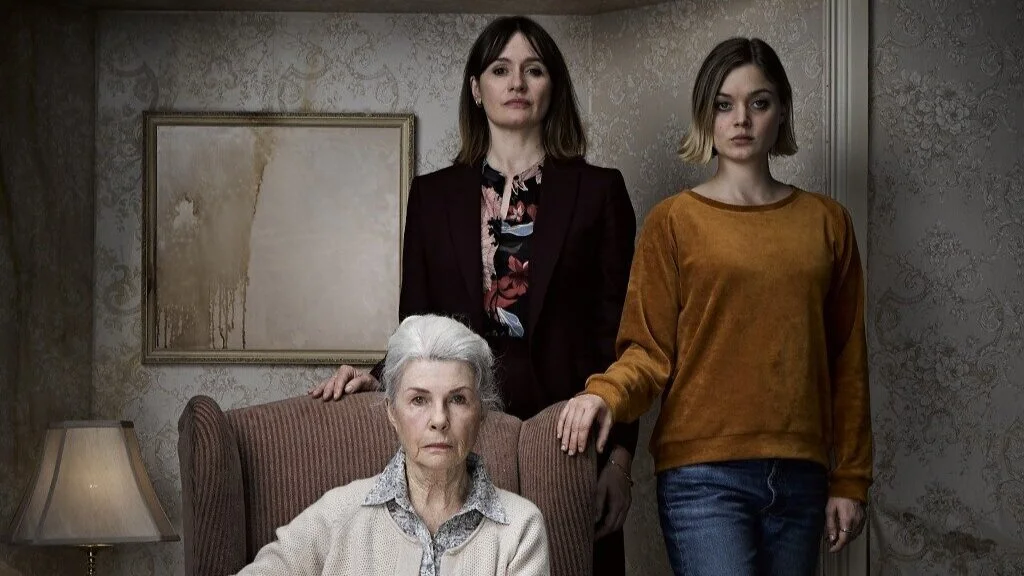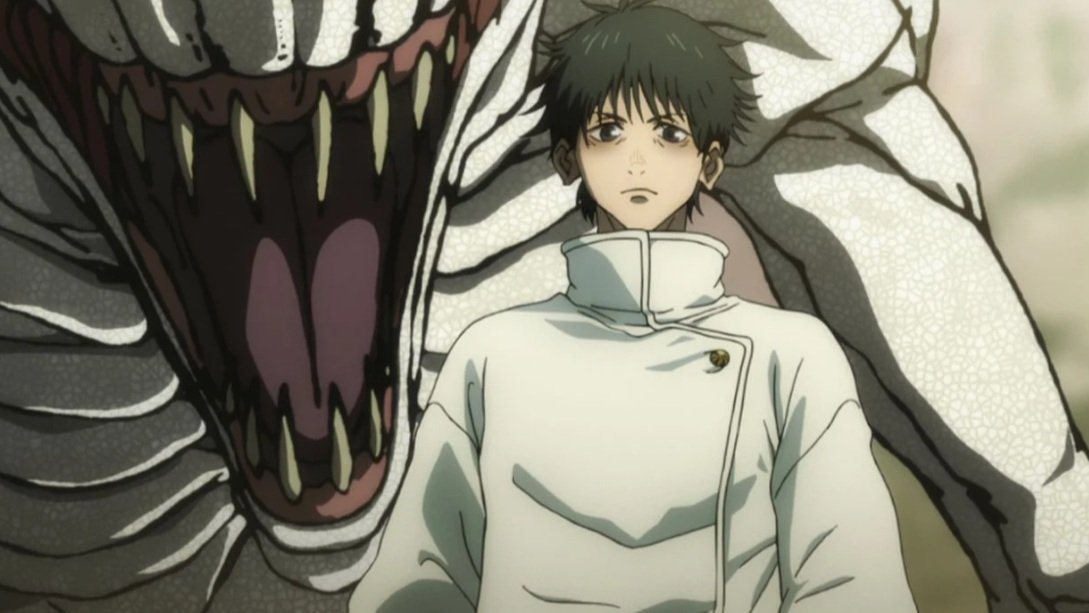Review: Relic
When it comes to the horror genre, we are currently witnessing an artful shift in the form that was prompted by Ari Aster’s Hereditary (2018). What Aster and his colleagues understand better than most contemporary horror filmmakers is that the motifs of the genre should be used to comment on the tensions and motives between the characters. This is especially pertinent because the average horror fan today has likely seen enough in the torture porn vein to render them numb to any shocking violent or gory elements in a horror film. Understanding this allows one to see why when large horror franchises put out sequels they tend not to do well critically. In contrast, Aster’s debut Hereditary examined the effects of deep generational trauma and abuse amongst a small family and his follow-up Midsommar (2019) looked at how a one-sided relationship can break down amid misogyny and gaslighting. Director Natalie Erika James’ 2020 debut Relic is a stunning example of a film that also displays how the heart of the genre relies on coming face-to-face with parts of relationships one does not want to acknowledge.
Relic opens with a very unsettling scene in which we see that an upstairs bathtub faucet has been left on, leading to water running down the stairs and eventually to the feet of a nude old woman who is staring at the flickering Christmas lights in her living room. As the camera slightly pans to the left, we notice a vague black shape rise from the chair near the window, but before we can see what it really is, the film cuts to the title card. Here, the film establishes two things: the first being that there is obviously something wrong with the old woman, and the second being that there is something supernatural going on that’s connected to her.
It turns out that the old woman is named Edna (played by Robyn Nevin) and about a year after flooding her house, her daughter Kay (Emily Mortimer) gets a call from her mom’s neighbor remarking that he hasn’t seen her for a couple of days. Kay and her daughter Sam (Bella Heathcote) decide to go check, fearing the worst, but surprisingly when they make their way into Edna’s bedroom, she’s nowhere to be found. Kay quickly contacts the police and they start searching the woods on the surrounding property, all the while it is obvious that Kay feels quite guilty that she has not been in contact with her mom as much as she should have. Meanwhile, back at the house, Sam starts to notice strange creaking noises and what seems to be some type of black mold on the walls in various parts of the house. Though Kay has also noticed some weird noises, what shocks her the most is the vivid dreams that she keeps having of the old house in the woods that her grandfather went insane in.
The turning point in the film comes when Kay and Sam wake up a couple days into the search, just to find Edna making tea in the kitchen, completely unharmed. Kay immediately demands to know where her mother has been, while Sam runs over to her and gives her a large hug. This is where we start to see the different aspects of each relationship play out. There’s tension between Kay and Sam both because Sam has quit her job at the art gallery and gone back to bartending, as well as the fact that they have different ideas about what should happen with Edna. It’s clear that she can’t live on her own anymore and that she’s mentally handicapped, but Sam becomes upset with her mother once she tells her that she plans to put her grandma in a nursing home in Melbourne. While her mother is visiting the nursing home, Sam tells her grandmother that she would be happy to come and live with her so that she could be taken care of in her own home, but is upset after her grandmother randomly lashes out upon hearing this. Sam comes to realize both that it would be a lot of work to be her grandmother’s caretaker and that her grandmother is no longer the same person she knows and loves.
I won’t spoil the ending of the film, as it is truly unique and surprising, but I think it is worth mentioning that the film’s theme is one that young people especially should contemplate. We should question the natural assumption that when our elders can no longer care for themselves that they are put into homes and separated from what they know. So much of the fear and distrust that lies in Edna’s character is present because she feels abandoned and unloved by her family. These feelings have manifested in the horrors that lie deep within her house, ones that, ultimately, both Kay and Sam have to come to terms with in order to salvage their relationship with Edna.














